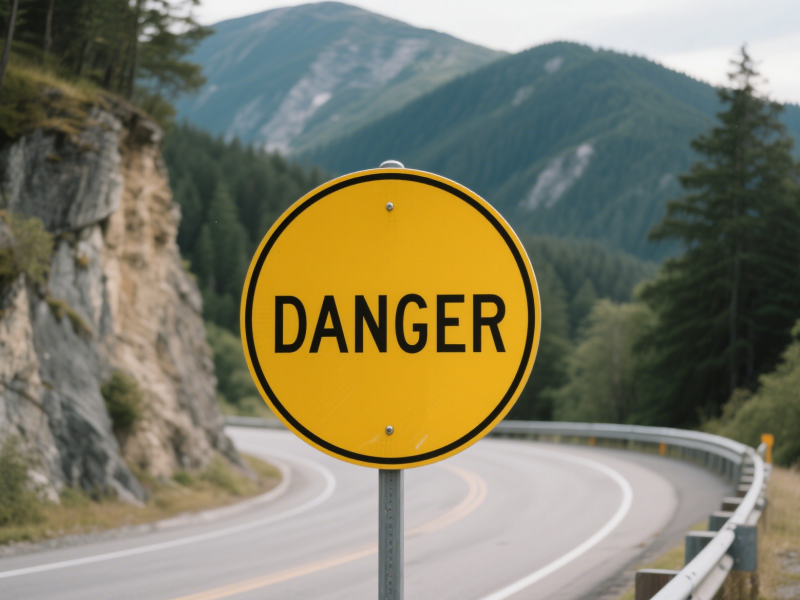Identification signs play a vital role in cities and highways. They are an indispensable safety tool to guide vehicles and pedestrians to drive and walk correctly. However, as outdoor public facilities, Identification signs need to withstand the test of harsh weather conditions such as high temperature, low temperature, strong light, and storms to ensure their long-term durability, so necessary anti-corrosion measures need to be taken. What are the common anti-corrosion measures?
Qixiang is a Chinese identification sign manufacturer. Since its establishment, it has taken integrity as its unswerving mission. With its persistent pursuit of quality and keen insight into industry trends, it has gained a firm foothold in the fierce market competition and has become a trusted partner of many customers.
In order to effectively prevent the corrosion of signboards, it is necessary to first understand the cause of corrosion. Generally speaking, the corrosion of signboards is mainly caused by environmental factors and the aging of the material itself, including humidity, ultraviolet radiation, oxidation, chemicals, etc. Therefore, in order to prevent corrosion, these factors must be controlled.
In response to these corrosion factors, various methods can be used to prevent the corrosion of signboards. First, humidity and oxidation can be avoided by coating protection. Applying a layer of anti-rust coating on the surface of the signboard can effectively slow down the oxidation process and prevent moisture from corroding the metal surface. In addition, the use of materials with high corrosion resistance, such as stainless steel, can greatly improve the durability of signboards.
Secondly, for natural factors such as ultraviolet rays, the aging of identification signs and labels can be prevented by covering them with a layer of anti-aging material. At the same time, when designing signs, it is recommended to avoid the use of easily oxidized metal materials and give full consideration to their structure and layout to reduce the possibility of corrosion.
Finally, when making signs, the influence of human factors such as chemicals can be avoided by choosing materials with stronger corrosion resistance. In addition, when installing signs, it is necessary to avoid the use of chemicals that may damage the signs, and pay attention to regular maintenance and care during use to extend their service life.
Tips
Reflective film grade
It is recommended to give priority to diamond grade (grade IV) or high-intensity (grade III) reflective film. Its UV absorption layer can block more than 95% of UV radiation, and its anti-aging performance is better than that of engineering-grade products.
The reflective film substrate needs to be added with anti-UV additives such as titanium dioxide (TiO₂) or zinc oxide (ZnO), and the UV stabilizer content should be ≥1.5%.
Substrate compatibility
The aluminum alloy base plate needs to be anodized, the oxide film thickness is ≥10μm, and combined with fluorocarbon spraying process (PVDF coating), the UV reflectivity is increased by 15%-20%.
In short, corrosion prevention is an issue that cannot be ignored in the production and use of identification signs. In order to ensure the long-term effectiveness and safety of signboards, effective corrosion prevention measures need to be taken in terms of design, material selection and protective measures. If you need identification signs, please contact us!
Post time: May-06-2025







